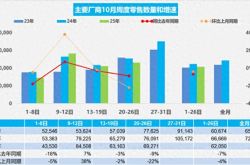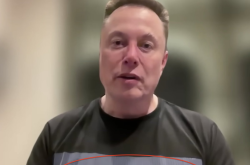Samsung Shows Off at MWC: Impressive Booth Experience, Bringing AI For ALL to Life
![]() 03/10 2025
03/10 2025
![]() 512
512
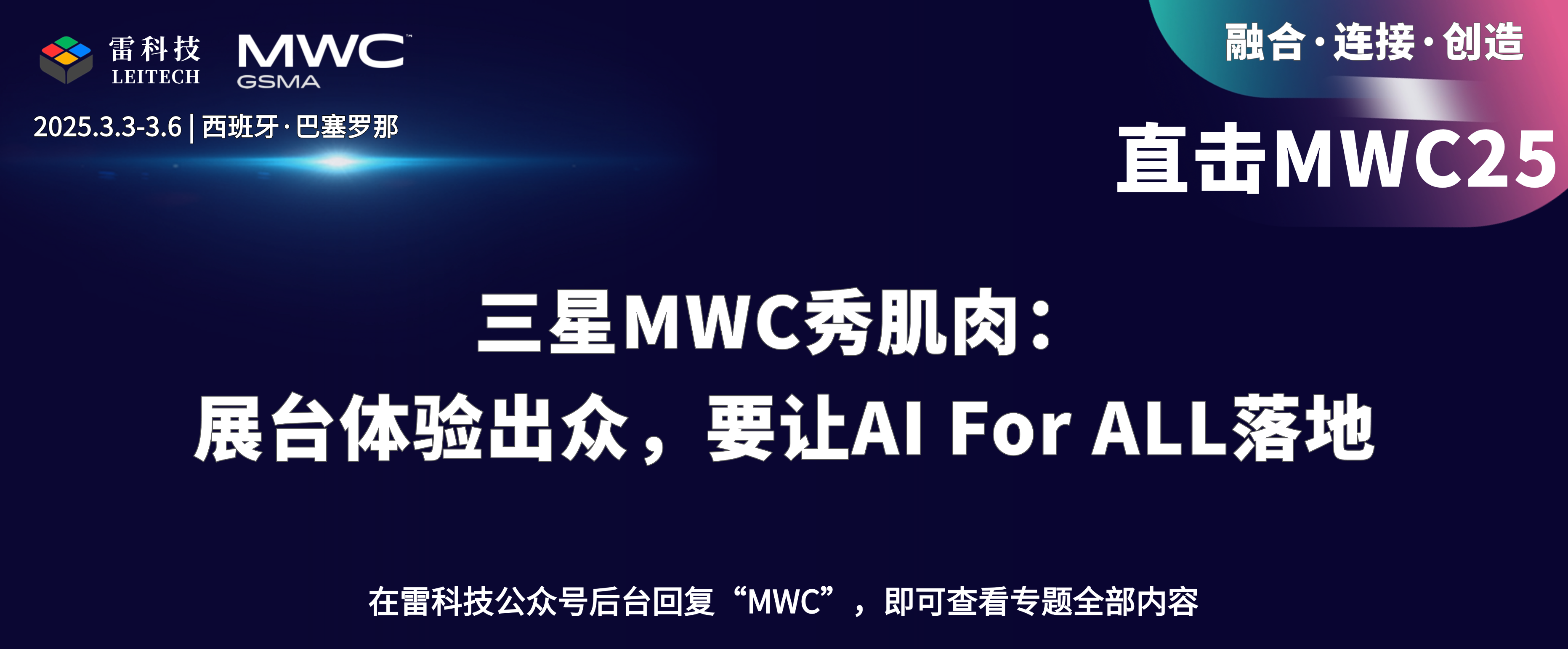
On March 3 local time, the annual MWC (Mobile World Congress) opened at the Fira Gran Via in Barcelona, Spain. The LeiTech reporting team arrived on site to provide extensive coverage.
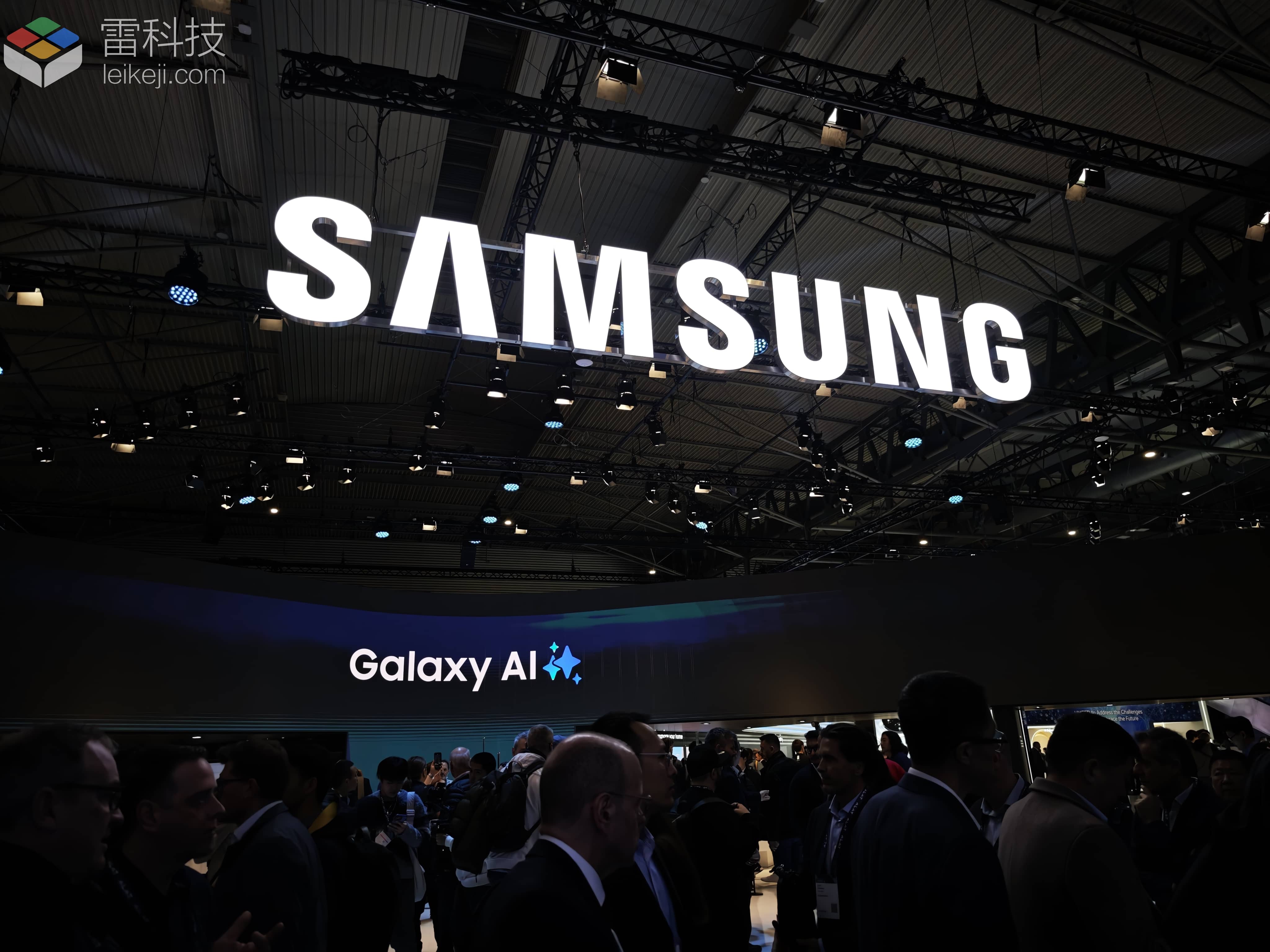
(Image source: LeiTech on-site footage)
In the past few days, the LeiTech reporting team has covered various AI-related categories such as AI hardware, AI phones, AI cars, AI networks, and AI PCs. However, when discussing AI, we cannot overlook Samsung, which was an early advocate of the concept "AI For ALL". As the exhibitor with the largest booth area and the most experiential devices in Hall 3, LeiTech spent most of the day exploring the Samsung booth and felt Samsung's determination to bring AI to life.
Samsung AI phones are feature-rich, but "lack of inclusivity" is their biggest shortcoming
Unlike other phone manufacturers that exhibit centrally, Samsung divided its entire booth into multiple areas, including a product experience zone dedicated to phones, tablets, and headphones, a wearable health device area focusing on Galaxy Ring and Galaxy Watch, a smart home technology display integrating AI and home applications, and a new product photography area for VR devices.
It has to be said that the professional and clear regional division, coupled with the very friendly staff, made LeiTech believe that Samsung's booth was the best booth at MWC, hands down.
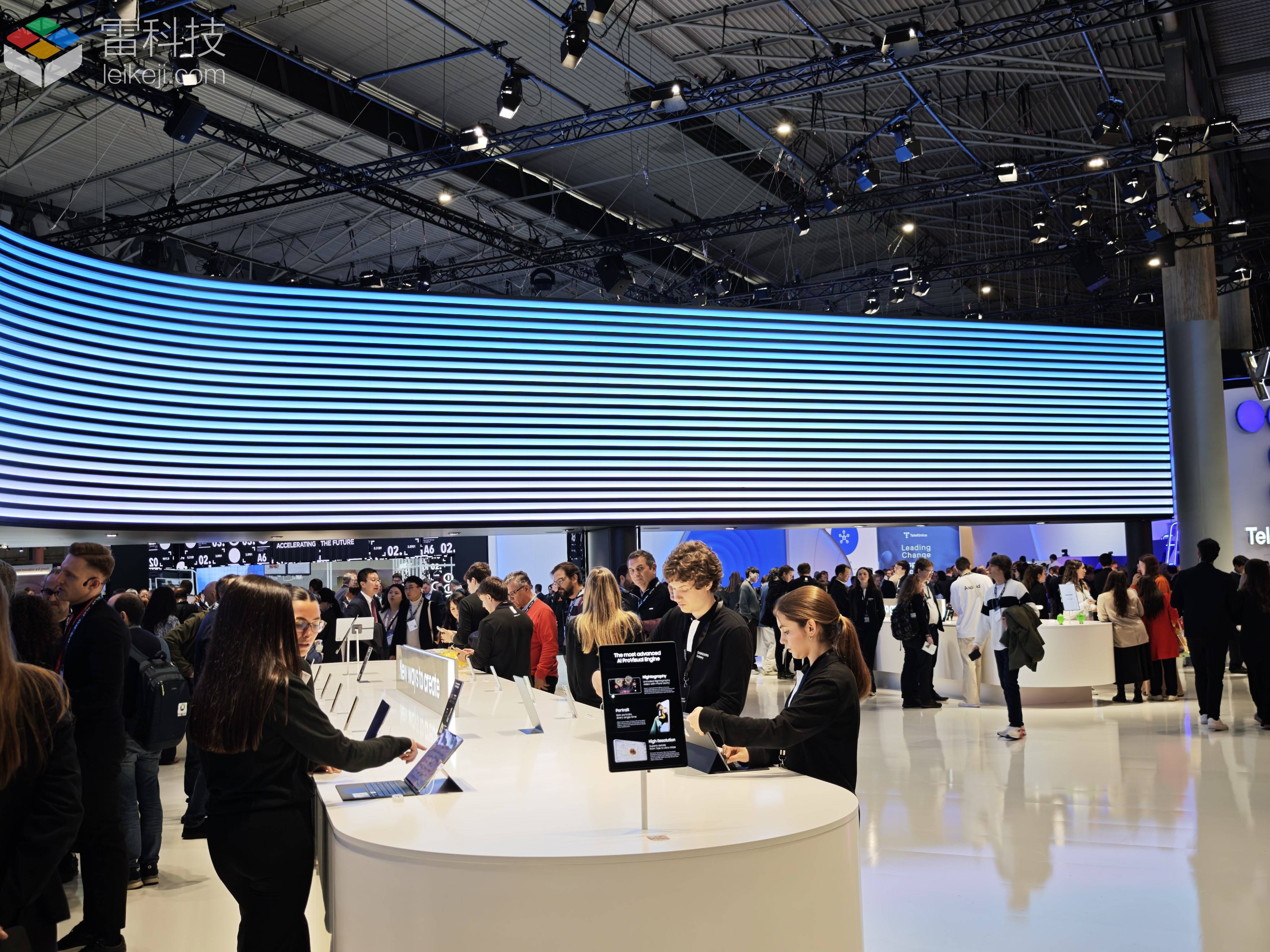
(Image source: LeiTech on-site footage)
Speaking of Galaxy AI, Samsung's AI features are currently concentrated on phones and tablets. After experiencing them, LeiTech categorizes Samsung's AI functions into three main categories: recognition, search, and imaging.
Recognition is the biggest improvement in the Galaxy S25 series. Previously, Galaxy AI could only communicate through text and voice. Once it came to recognizing text information in screenshots, users had to extract all the text from the image before sending it to Galaxy AI for processing, making the entire process extremely cumbersome.
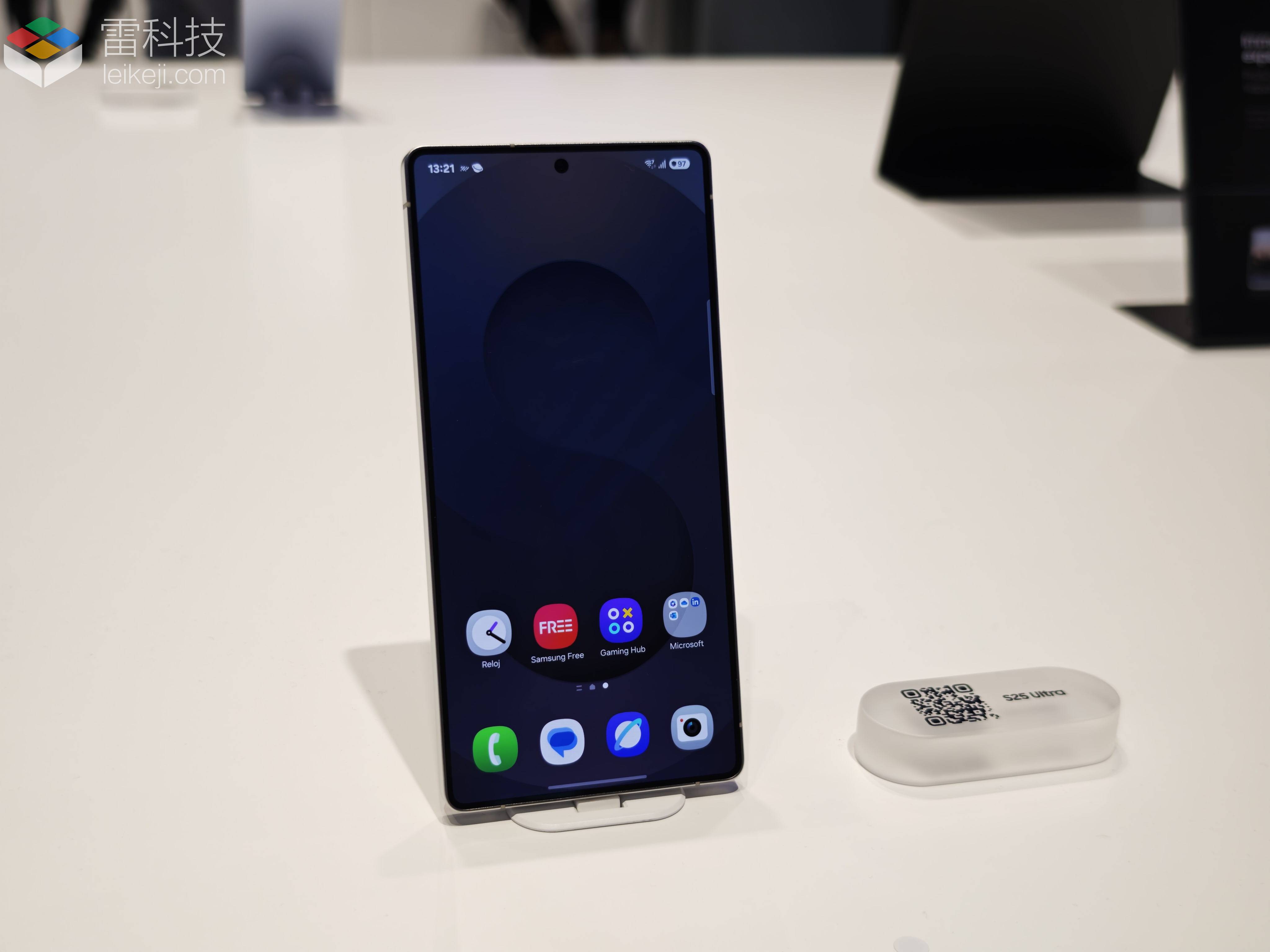
(Image source: LeiTech on-site footage)
The all-new Galaxy AI completely simplifies this process. Now, it can directly upload images or documents for AI to process next. For example, if LeiTech takes a photo of a sign entirely in Spanish, Galaxy AI will automatically provide three suggestions: "Extract Text", "Translate Text in Image", or "Share with Others".
Combined with the instant search feature first introduced in the Galaxy S24 series, it can more efficiently recognize various information in screenshots and can even automatically capture video content to create GIF animations for sharing.
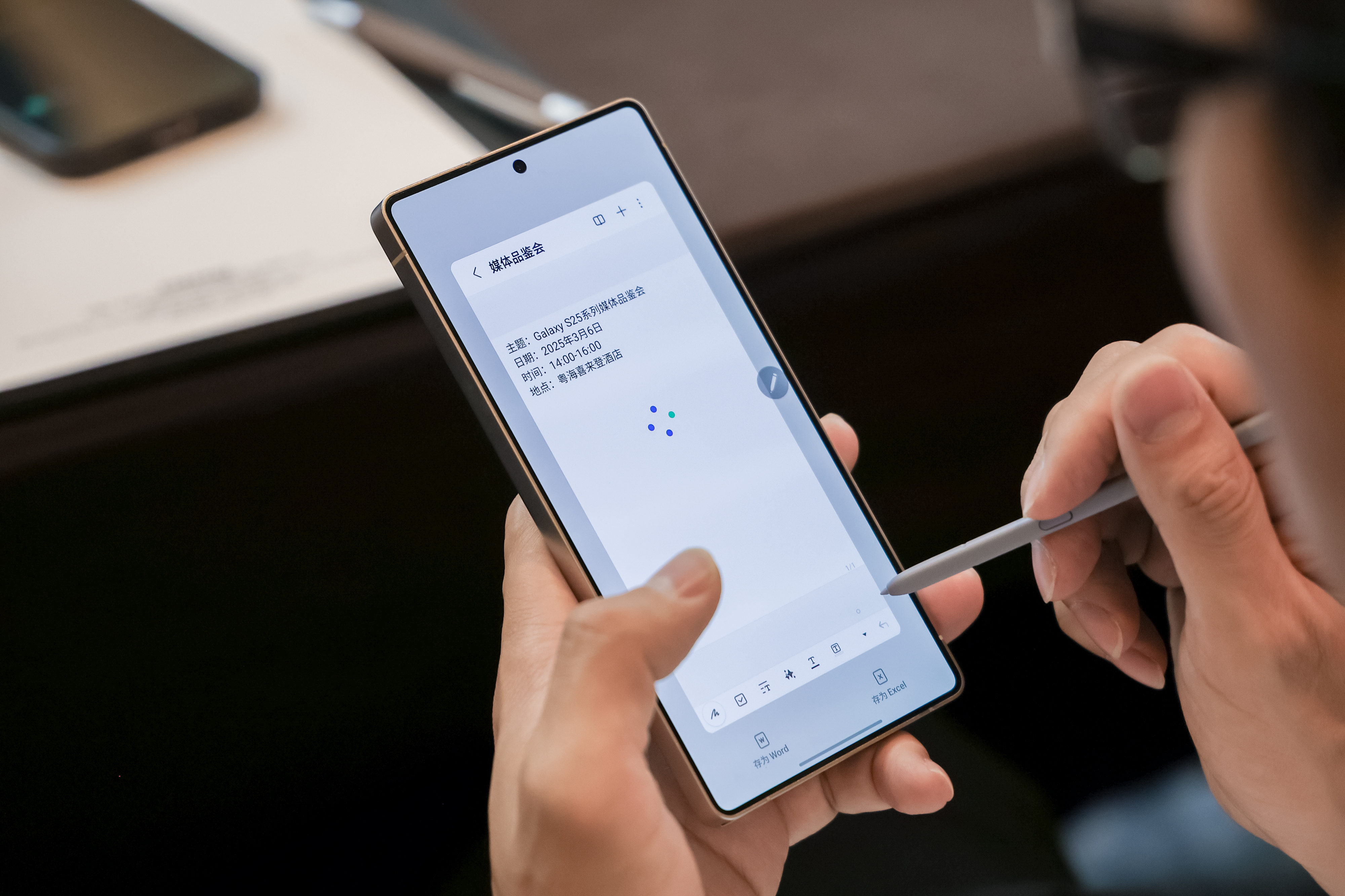
(Image source: LeiTech on-site footage)
The other two functions are not as surprising: Real-time call translation, as its name suggests, can translate content bidirectionally and in real-time during calls, helping users overcome cross-language communication barriers; in terms of imaging, users can freely edit and adjust the size or position of objects in photos, and the phone will also provide users with more photography suggestions.
But to be honest, we have already seen these AI functions on domestic phones, and they have become more mature after multiple iterations. Although Samsung remains a leading phone manufacturer, it has been completely surpassed by domestic manufacturers in terms of AI.
It is worth mentioning that during MWC, LeiTech was also invited to attend an offline tasting event for the Chinese version of the Samsung Galaxy S25 series. In the Chinese market, the Galaxy S25 series has access to the full-blooded version of DeepSeek, and users can pin it directly to the negative first screen through Samsung's built-in "Smart Agent" function. This is more practical than domestic manufacturers, which can basically only wake up DeepSeek through voice assistants. This also shows that in the implementation of AI phones, Samsung is both keeping up with the times and adapting to local conditions, focusing on cooperating with local AI service providers. This is worth learning from by domestic brands when going abroad.
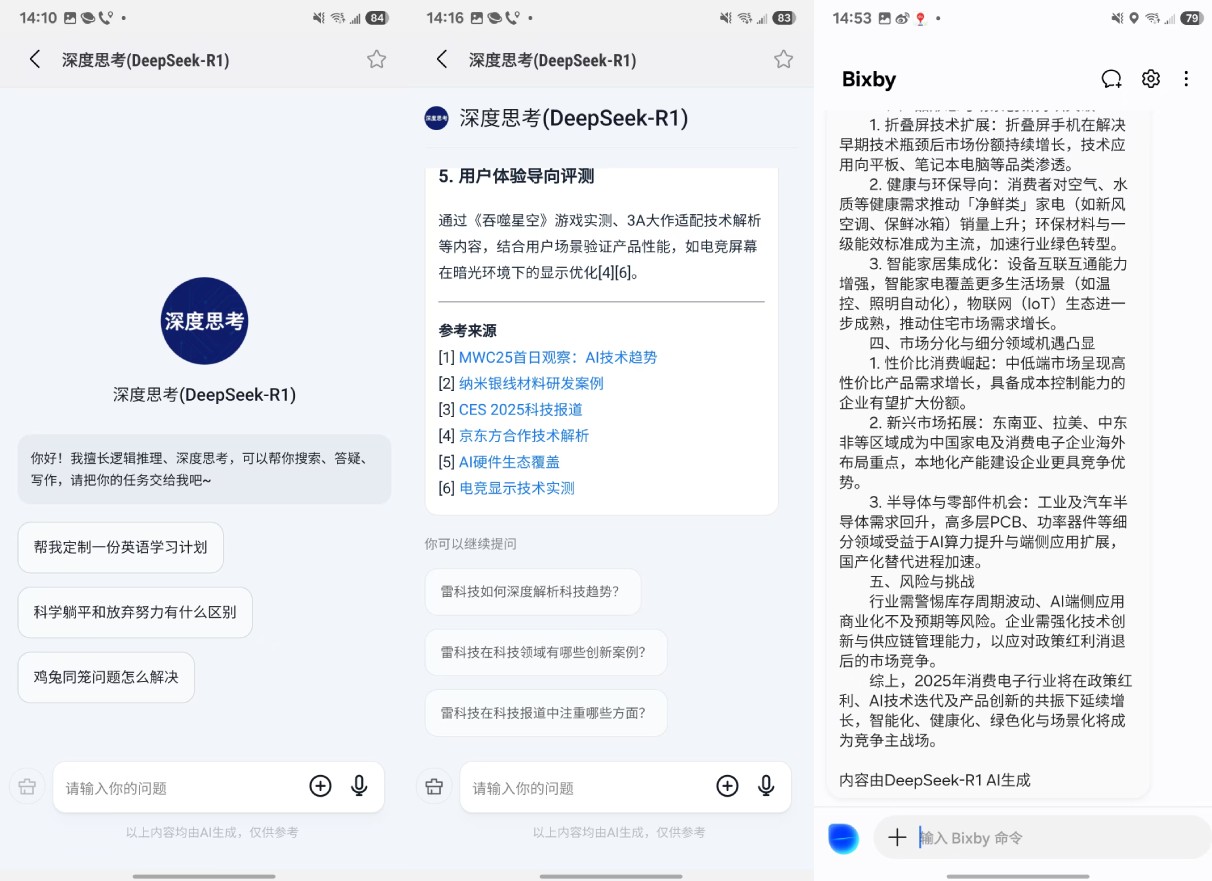
(Chinese version of the Galaxy S25 series, image source: LeiTech graphic design)
Overall, LeiTech believes that Samsung's understanding of AI in the Galaxy S25 series is quite accurate. It is one of the few phones on the market that truly integrates AI into every detail of the phone system, making AI no longer an "assistant" that needs to be called out separately.
As for the AI experience on the Galaxy Tab S10, it is generally similar to that of the Galaxy S25 series, so it will not be repeated here.
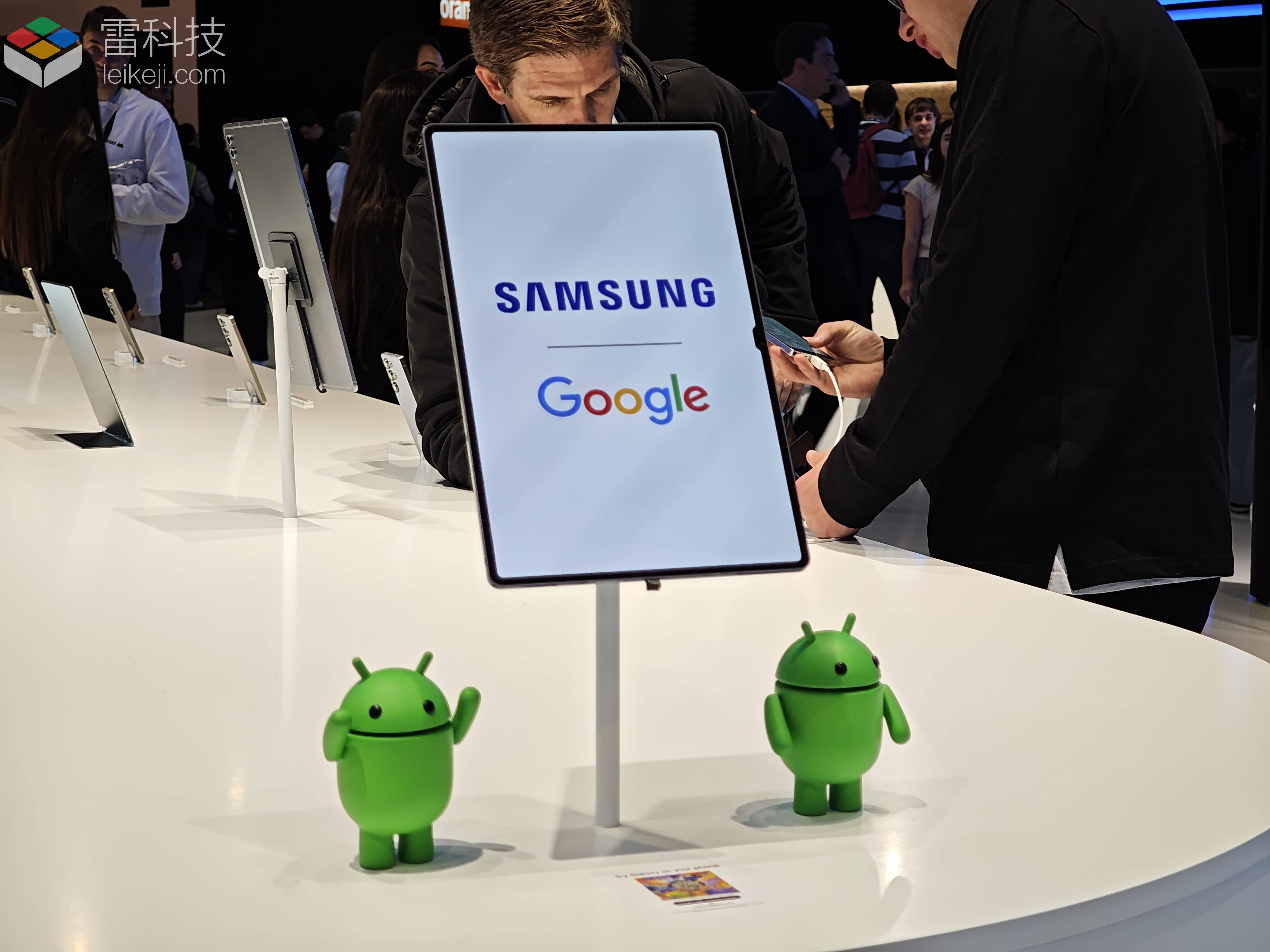
(Image source: LeiTech on-site footage)
Samsung's AI implementation is not perfect. A Samsung user around LeiTech complained that although Samsung was one of the earliest phone manufacturers to venture into the AI field, various new AI functions are only prioritized for new flagships. Even if he was using the S24 Ultra, a top flagship from 2024, he had to wait a long time to receive OTA updates. Let alone models with lower positioning; they may never know what Galaxy AI is until they are discarded.
Fortunately, Samsung has awakened in time. At this year's MWC25, it launched three entry-level new products: Galaxy A56 5G, Galaxy A36 5G, and Galaxy A26 5G (for example, the A56 starts at $499). Both A56 and A36 support Samsung AI functions, marking the first time that the Galaxy A series has access to AI.
These three models have varying degrees of castration in AI functions. For example, A56 only supports some of the most basic AI functions, such as "Screen Recognition and Search", "AI Image Removal", and "AI Post-processing", which are "new" functions that are not uncommon on domestic phones. In other words, the Samsung Galaxy A series still fails to become a standard AI phone.
Of course, this cannot be entirely blamed on Samsung. Samsung's current AI functions are all based on local operation, which is a great test of the phone's processor computing power. Precisely because of this, Samsung previously considered using Galaxy AI only on models equipped with flagship processors.
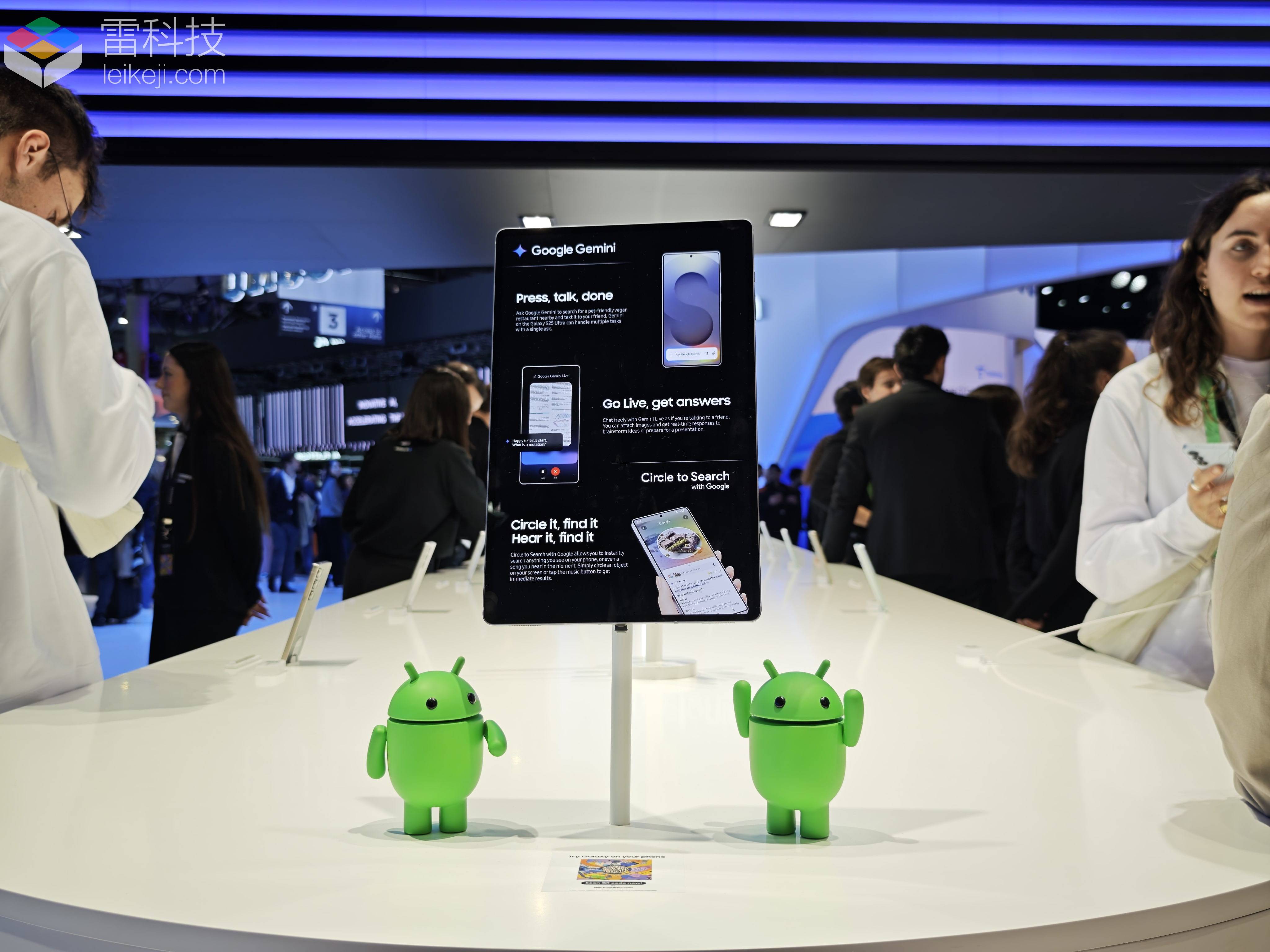
(Image source: LeiTech on-site footage)
Regardless, in this era of AI for all, it is somewhat too demanding to ask users to spend seven or eight thousand yuan to experience true AI. Samsung should indeed consider how to reduce the requirements of Galaxy AI for computing power and resources so that more Samsung users can experience Galaxy AI as soon as possible.
Smart wearables and smart homes collaborate for a new smart health experience
Samsung is one of the pioneers in the field of smart health. The early Galaxy Watch even added various health monitoring functions earlier than the Apple Watch.
The Galaxy Ring, released last year, also appeared on the stage of MWC25. It is equipped with multiple sensors that can monitor heart rate, blood oxygen saturation, steps, exercise, and sleep. If you feel that these data are not complete enough, you can also connect the Galaxy Watch to jointly monitor your health. Most importantly, its size is basically the same as an ordinary ring, and it does not require complex wearing steps like smart bracelets and smartwatches.
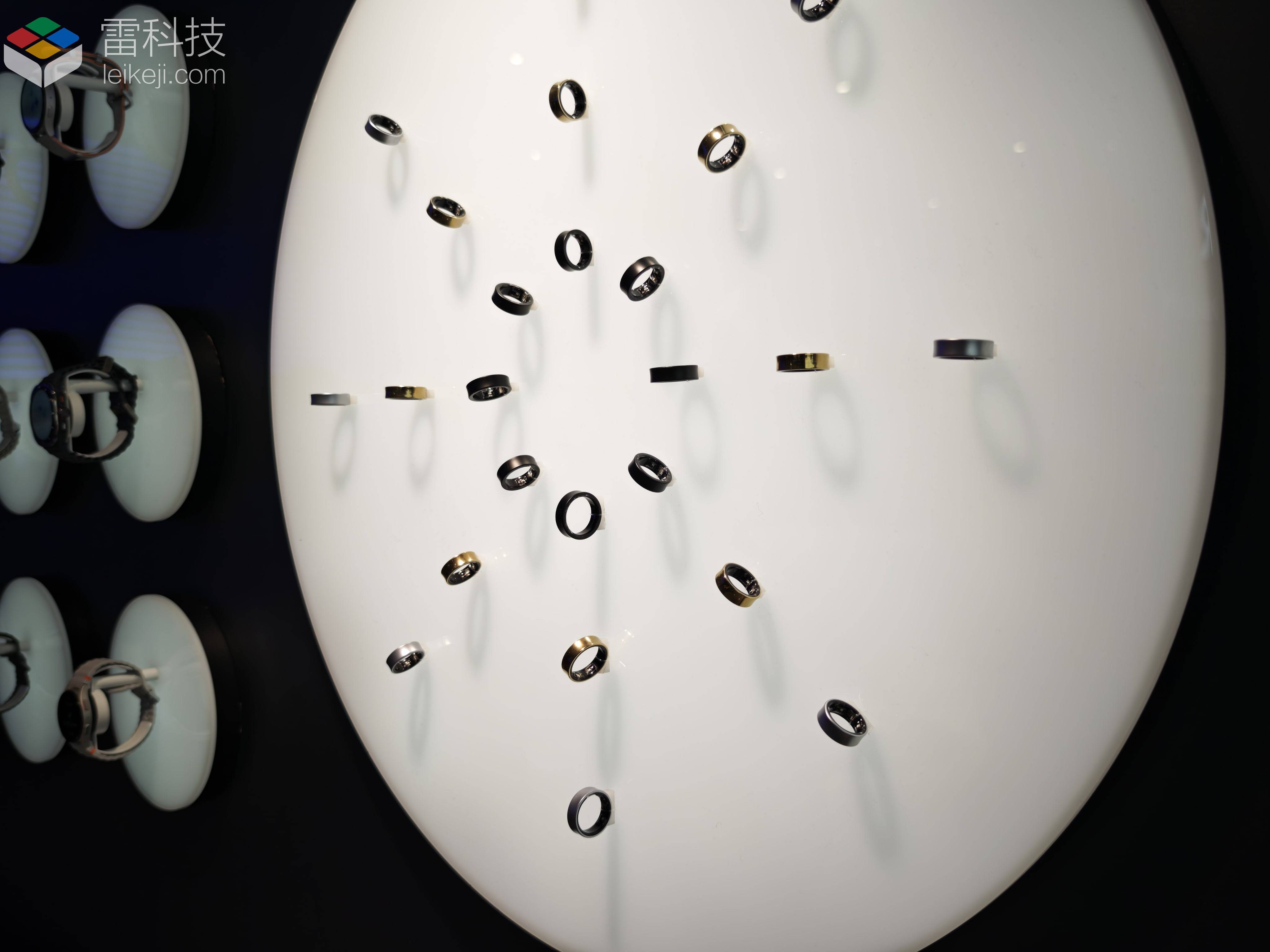
(Image source: LeiTech on-site footage)
At MWC25, Samsung also created a SmartThings smart home experience area modeled on real-life spaces, showcasing an interconnected and smart health living environment. Users can control connected lights through the Galaxy Tab S10 in front of the screen to achieve smart switching and obtain better sleep; they can also connect home security devices to keep track of home security at any time.
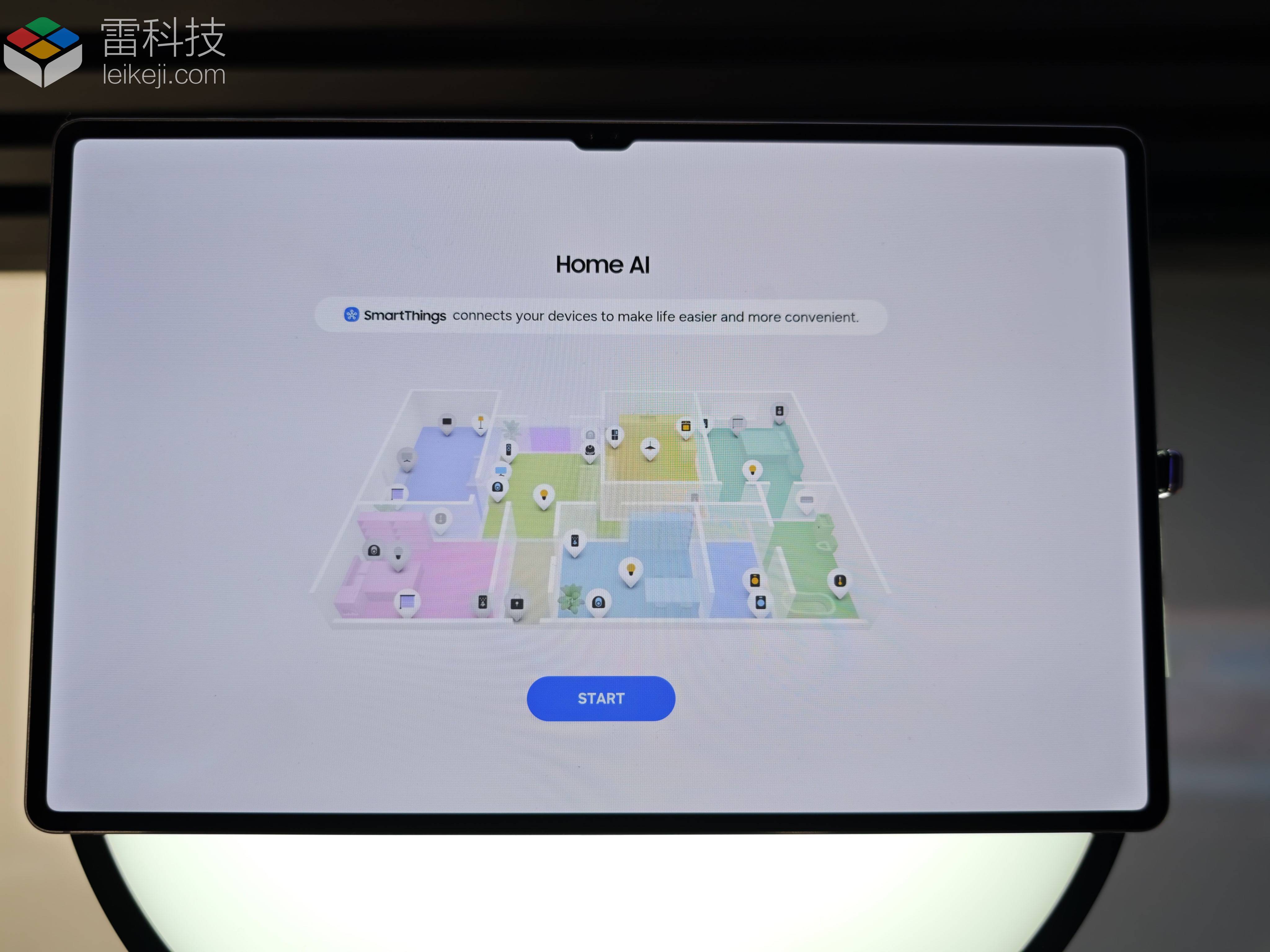
(Image source: LeiTech on-site footage)
The point that most interested LeiTech in Samsung's smart home display area was three different new modes:
The first mode is for dog owners. Before use, users can take a photo of their dog at home using a Samsung device and then put on Samsung's own mini locator to complete the connection. When users take their dogs out, SmartThings will automatically generate a map of the dog's movement trajectory and departure time.
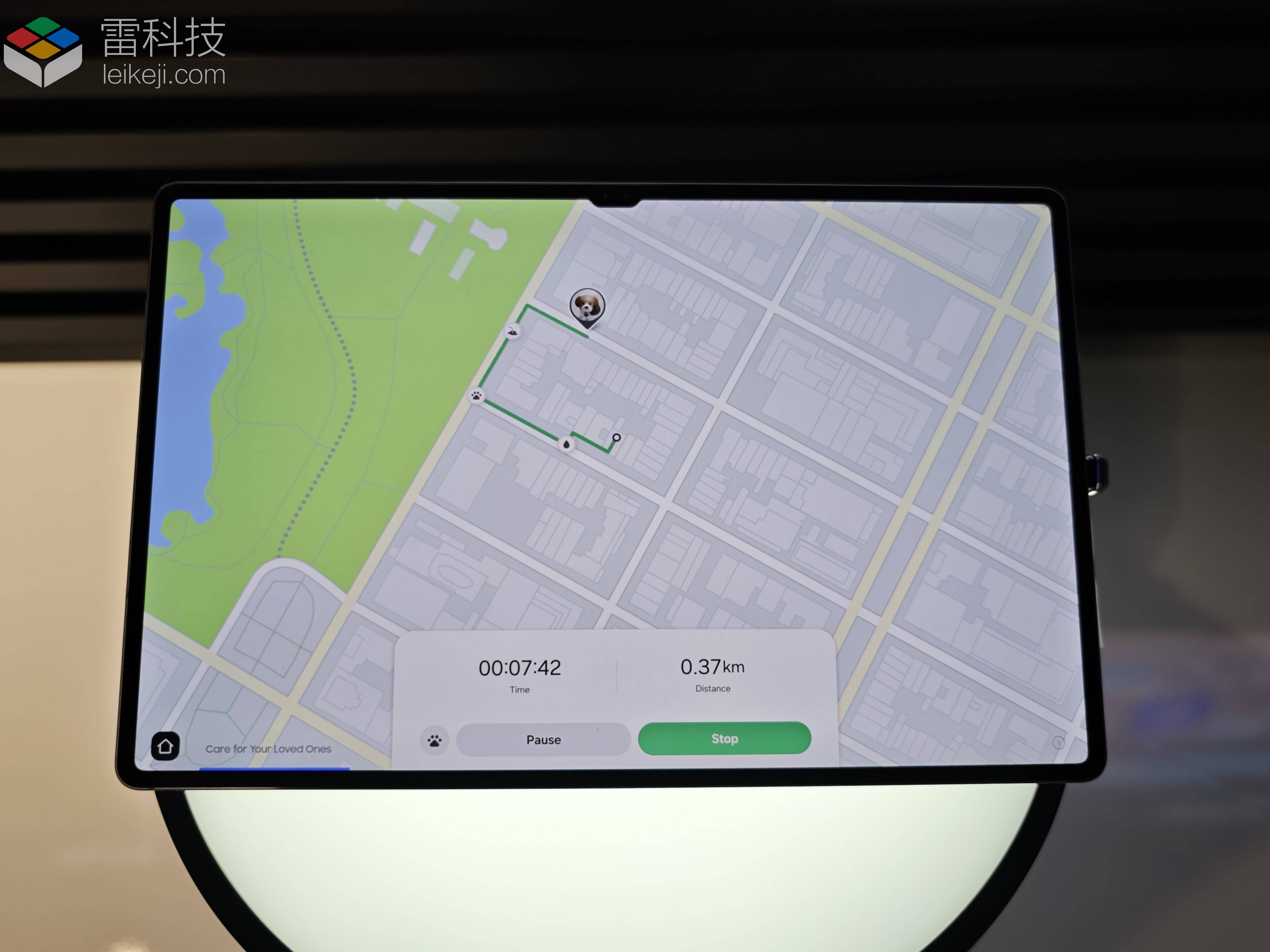
(Image source: LeiTech on-site footage)
The second mode is prepared for users with elderly family members. The connection method is similar to the first one. Users can see various information about the elderly in their homes on the Family Care page in SmartThings. For example, what time they get up in the morning, what time they go to bed, their overall sleep quality, their current location, how much exercise they did today, and so on.
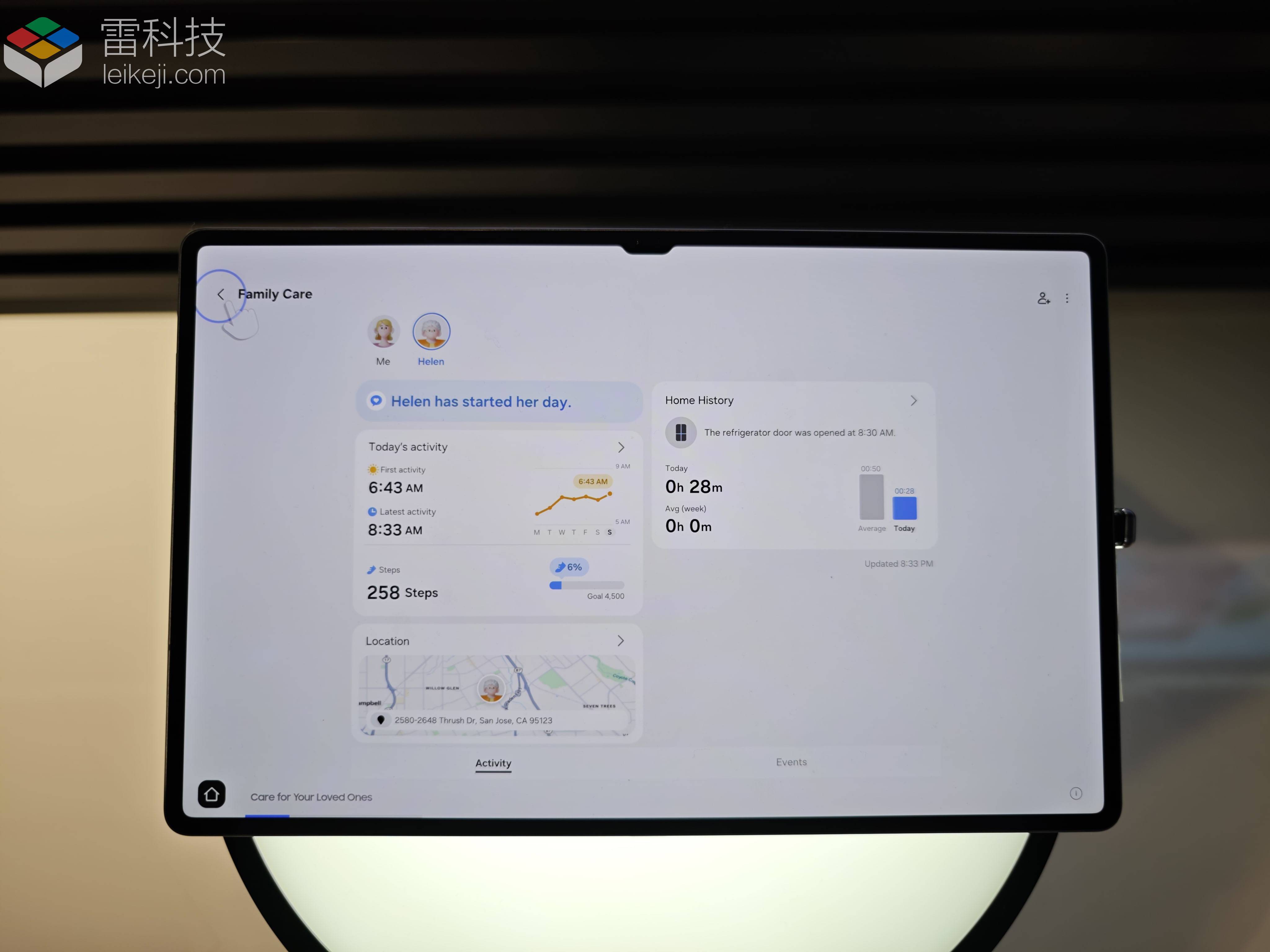
(Image source: LeiTech on-site footage)
The last mode is more intuitive. Simply put, it relies on the deep learning capabilities of AI to understand when users usually leave home and return home, and turns off some unnecessary electrical equipment during the period when no one is home, thereby reducing the monthly electricity bill.
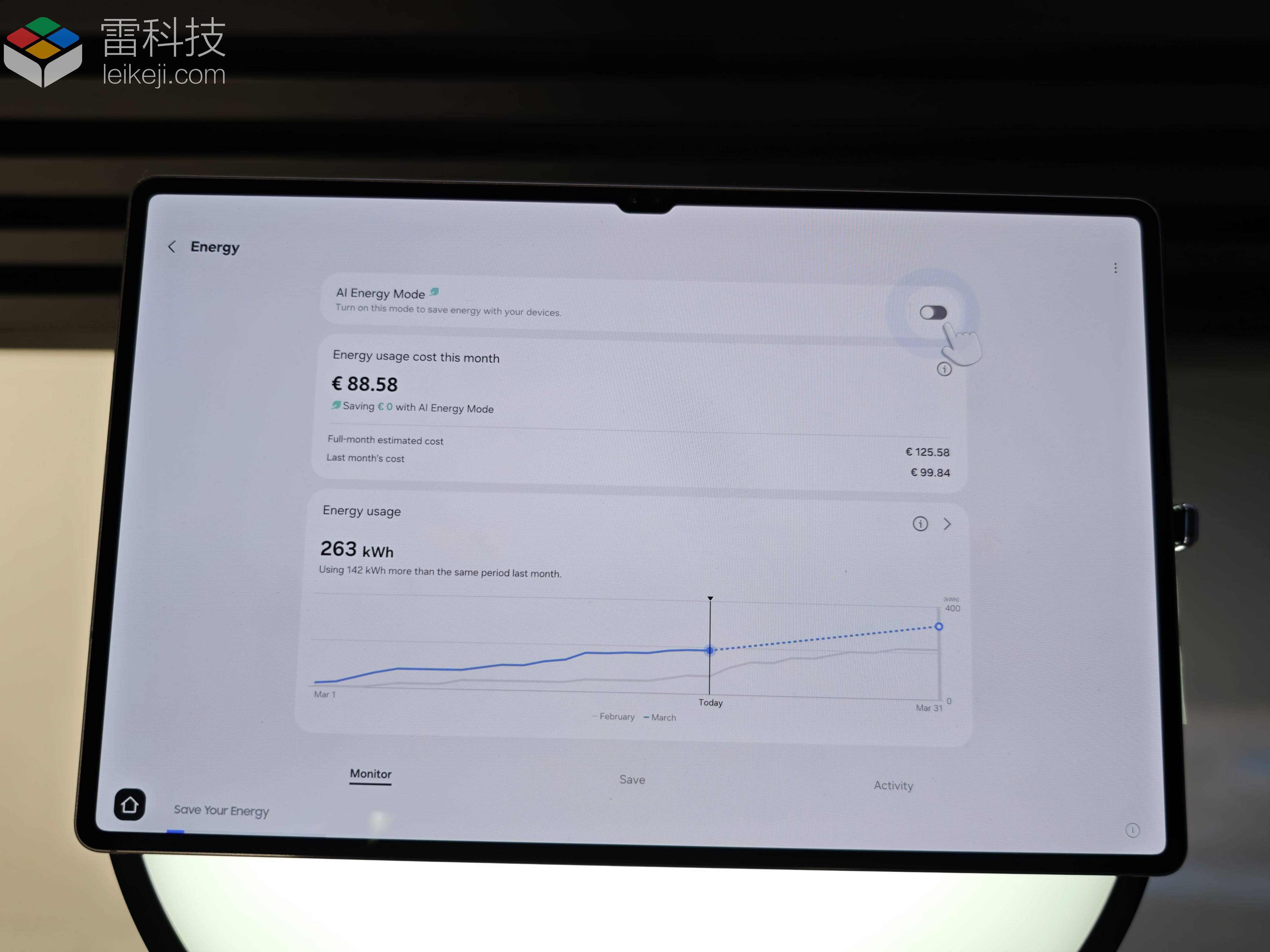
(Image source: LeiTech on-site footage)
In fact, domestic manufacturers also have corresponding smart products for these functions, but LeiTech can't think of any other manufacturer that integrates all devices like Samsung's SmartThings. It seems that Samsung is truly the only one.
Samsung flexes its muscles with foldable phones and game consoles
At MWC25, Samsung also brought out many new products in terms of hardware innovation. For example, in the field of screen folding, which they excel at, Samsung introduced a very unique dual-folding flip phone - Asymmetric Flip.
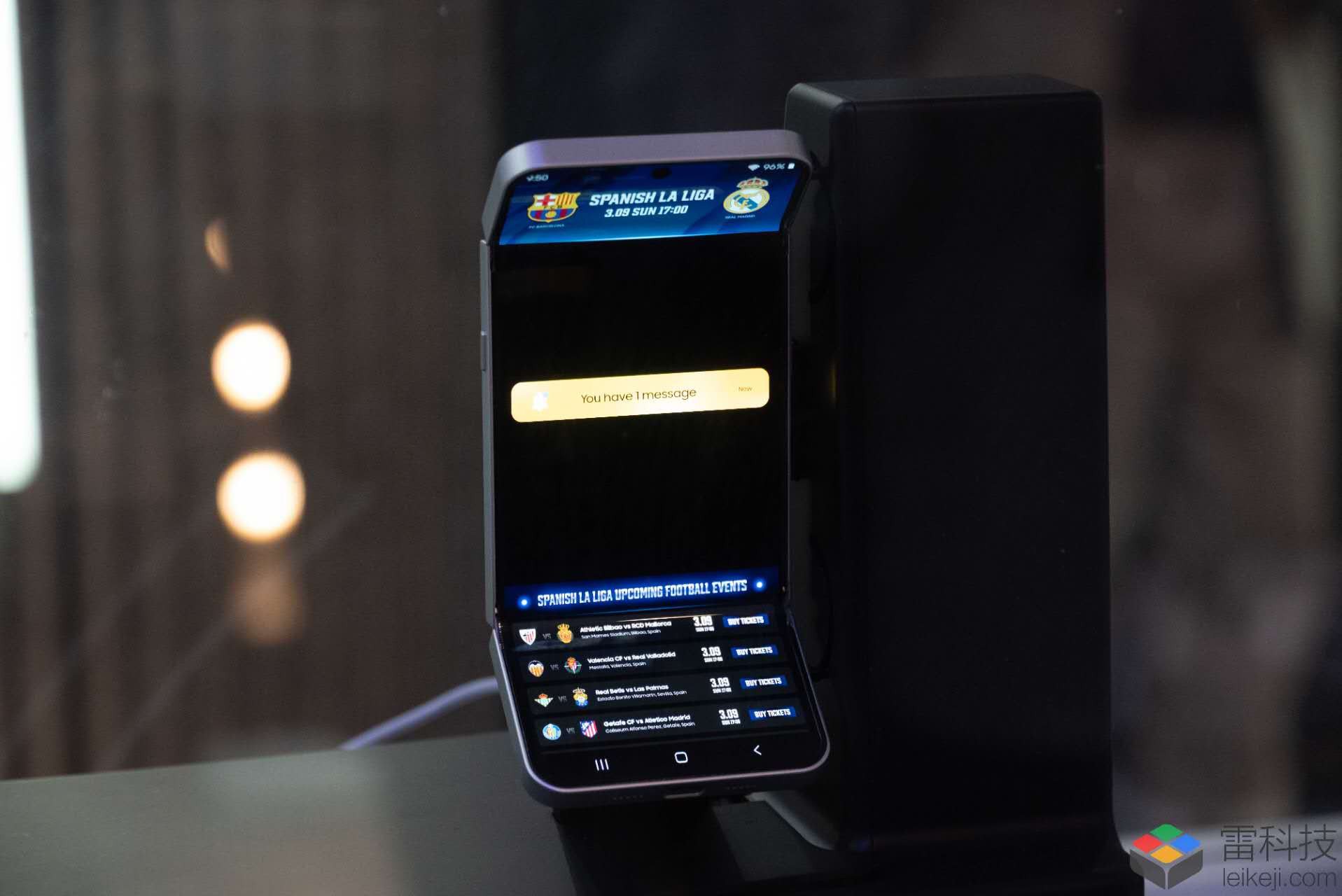
(Image source: LeiTech on-site footage)
Although from an appearance perspective, Asymmetric Flip looks more like an upgraded version of the Galaxy Z Flip series, the difference lies in its two inward-folding hinges, located at the top and bottom of the phone. Interestingly, the positions of the two hinges are not symmetrical. When the hinges are fully folded, part of the inner screen remains exposed. As for the reason, the on-site staff were not very clear.
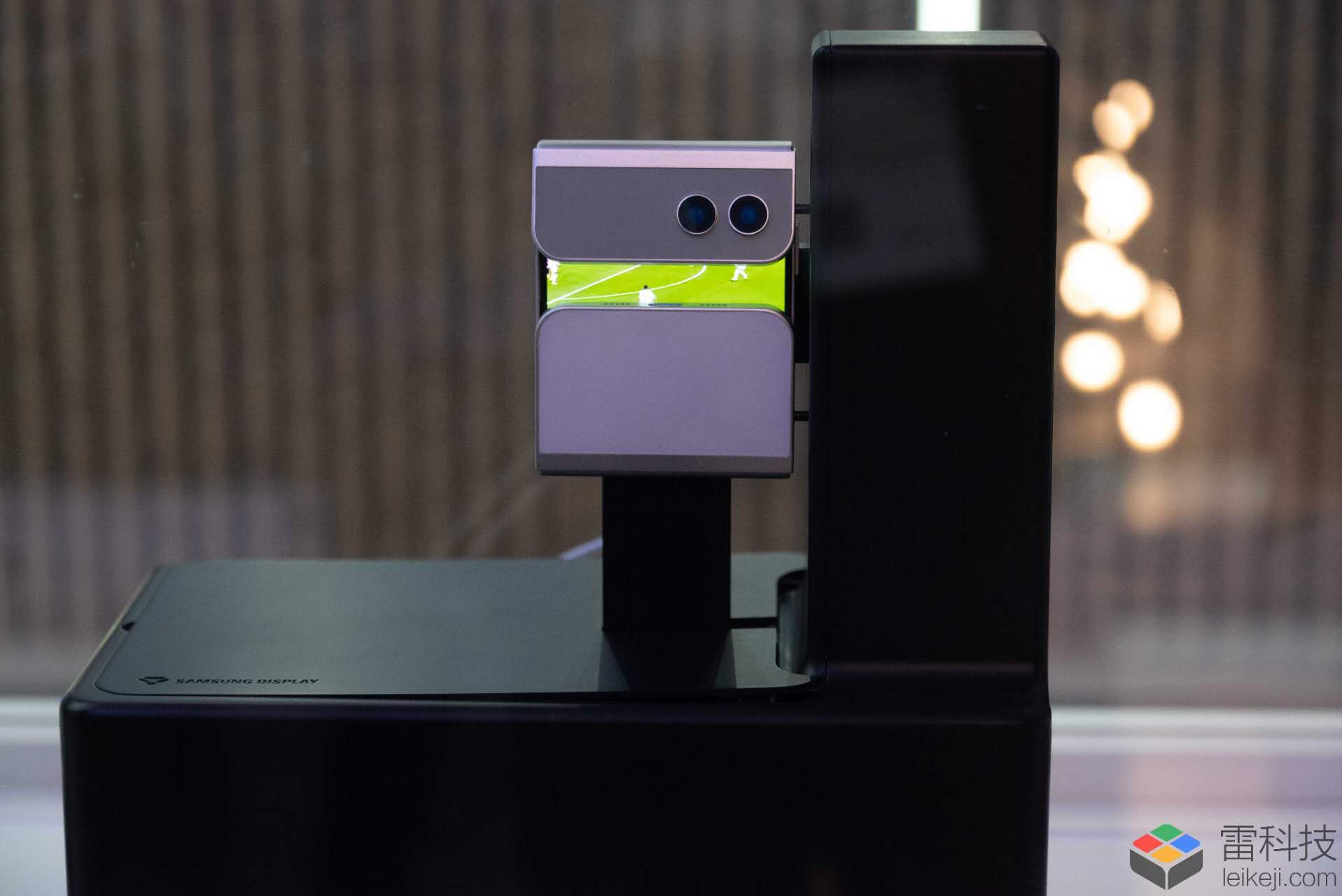
(Image source: LeiTech on-site footage)
The launch of Asymmetric Flip also means that Samsung has the technical foundation to make a triple-folding screen phone. As for whether this vertical triple-folding phone will be released in the future, it depends on whether Samsung can optimize it this year.
In contrast, the foldable game console exhibited by Samsung has a greater possibility of mass production and commercial use. Its overall shape is highly similar to Nintendo's Switch, except that there is a more obvious hinge in the middle of the screen, allowing it to fold like a foldable phone.
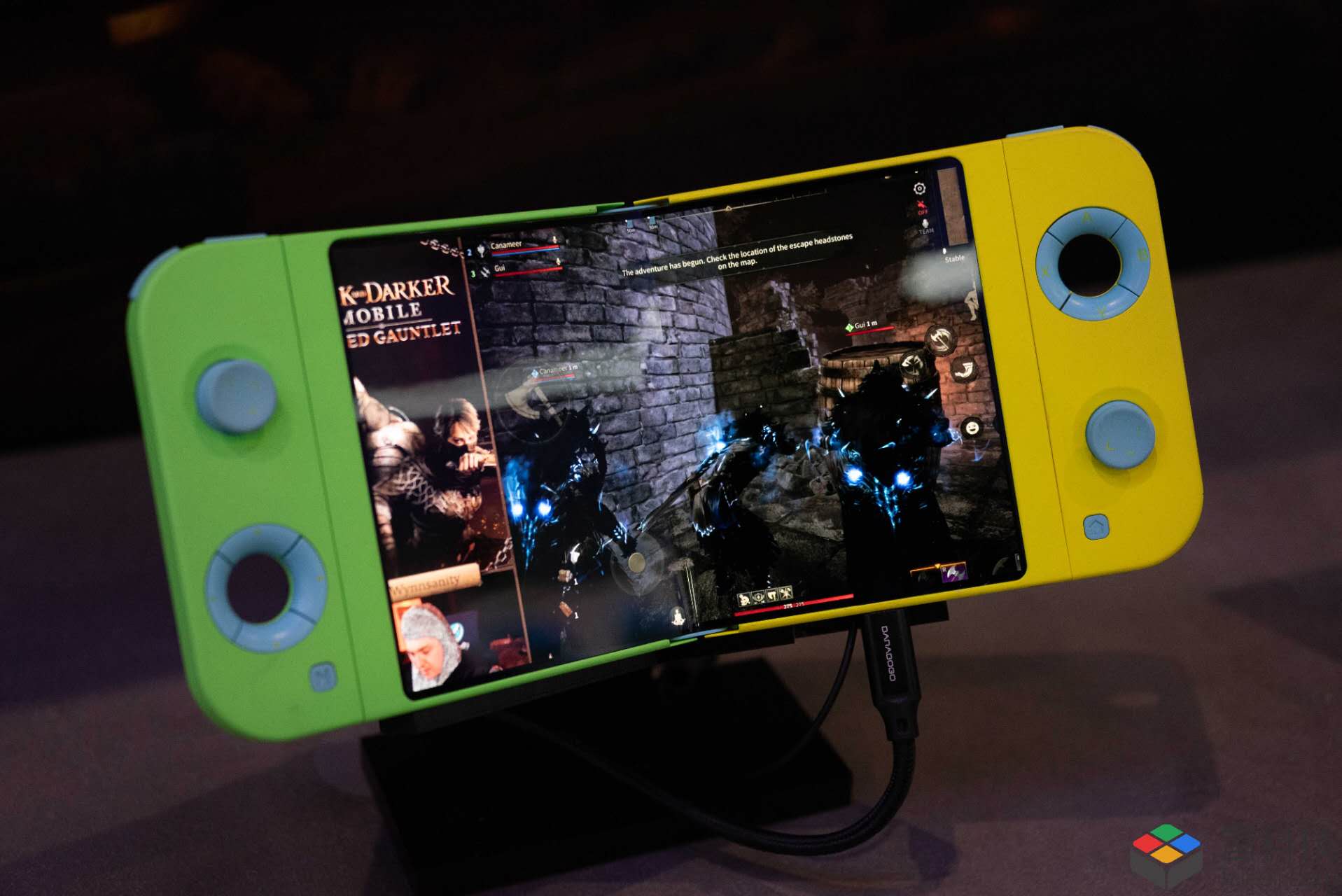
(Photo source: Leitech live coverage)
As for the protruding joystick on both sides, Samsung has designed two separate circular grooves where the joystick can be stored directly when folded.
However, as a long-time user of gaming handhelds, I can't think of any advantages of a foldable handheld at the moment. Originally, gaming handhelds sacrificed performance, graphics, and heat dissipation for portability. If a hinge is added to the already precious space, it's hard to imagine how poor the gaming experience will be.
Samsung leads the way in slimming down phones by showcasing a new 5.84mm device
Oh right, Samsung reserved the center spot of its booth for the recently announced Galaxy S25 Edge (but it has not yet been officially released, and the price has not been determined). Its most notable feature is its ultra-thin body, making it a pioneer in the ongoing trend of slimming down smartphones (the top 5 domestic giants, as well as Apple, are also preparing products). According to official data, its overall thickness is only 5.84mm. For comparison, the thickness of mainstream smartphones today is generally between 7-9mm. Its thinner body gives it an elegance that ordinary smartphones simply do not possess.
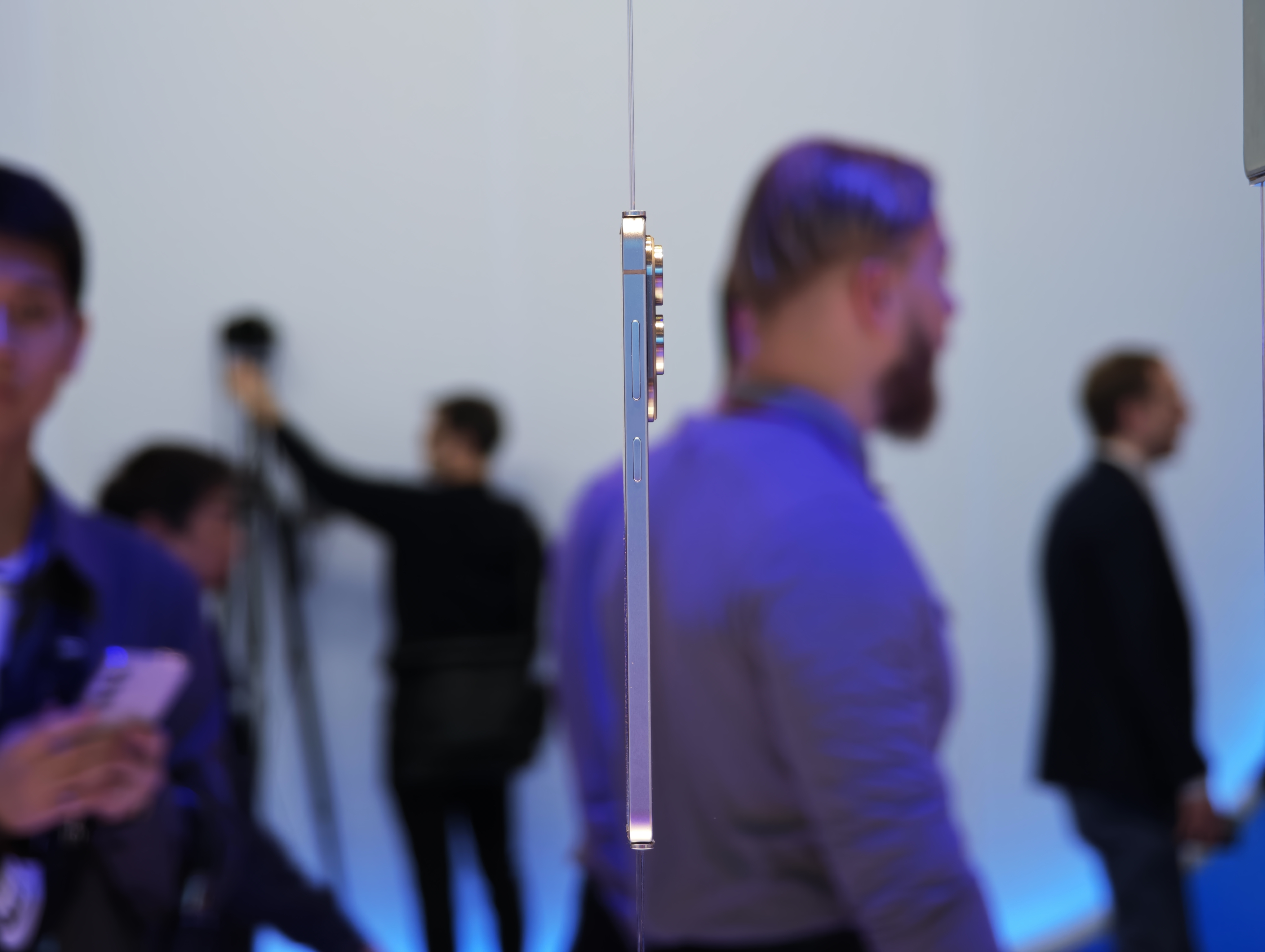
(Photo source: Leitech live coverage)
From this photo taken by Leitech at the scene, it can be seen that the ultra-thin body of the Samsung Galaxy S25 Edge makes the already prominent camera module even more exaggerated, and its performance and battery life are also greatly compromised. I'm not too optimistic about the idea of making flagship phones ultra-thin. However, there are still some users who prioritize thinness and lightness and are not very concerned about performance and imaging. Therefore, a large number of mid-range phones with a thickness of less than 6mm will appear on the market in 2025, and Samsung has set a good example.
In the wave of slimming down smartphones, how to achieve a perfect balance between design and performance is a factor that all phone manufacturers, including Samsung, need to consider.
Final thoughts
In the view of Leitech, as the king of global consumer electronics, Samsung's development has always been relatively steady and low-key. At MWC 2025, although it had the largest exhibition area, it did not focus on new products and concept products as its main promotion points. Instead, it used a near-perfect stage layout to allow visitors to experience the charm of Samsung's entire ecosystem and AI, making the exhibition area itself more experiential rather than a "cold" display like some brands, which even "turned away" visitors. This is undoubtedly a huge plus for enhancing brand image and goodwill.
Samsung's ability to overtake world leaders like Apple, Huawei, Xiaomi, and maintain its long-term position as the king of consumer electronics is not only due to its technological research and development strength and product innovation capabilities but also its deep understanding of user needs. Although Samsung has a low presence in the domestic market due to various reasons, as a benchmark in the consumer electronics industry, it still has many points worth learning for domestic manufacturers.
Source: Leitech



